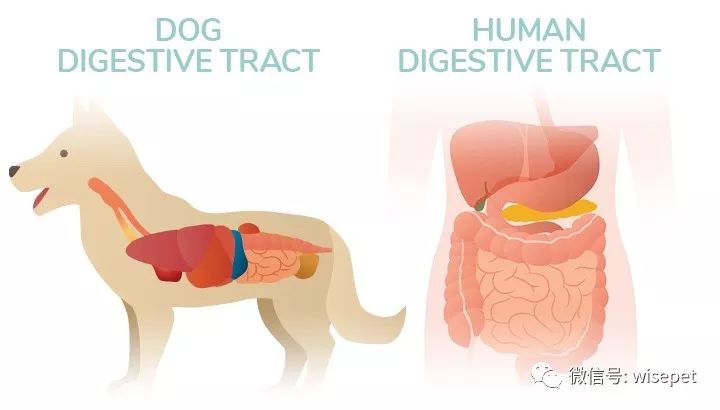Understanding Pet Oncologico: A Comprehensive Guide to Cancer Care for Your Beloved Pets
Guide or Summary:Introduction to Pet OncologicoWhat is Pet Oncologico?Pet oncologico refers to the study and treatment of cancer in pets, including dogs, ca……
Guide or Summary:
- Introduction to Pet Oncologico
- What is Pet Oncologico?
- Pet oncologico refers to the study and treatment of cancer in pets, including dogs, cats, and other domesticated animals. Just like humans, pets can develop various types of cancer, which can range from benign tumors to aggressive malignancies. Understanding pet oncologico is essential for pet owners to ensure they can provide the best possible care for their animals.
- Signs and Symptoms of Cancer in Pets
- Diagnosis of Cancer in Pets
- Treatment Options for Pet Oncologico
- Support and Resources for Pet Owners
- Conclusion: The Importance of Early Detection and Care
Introduction to Pet Oncologico
In recent years, the term pet oncologico has gained significant traction among pet owners and veterinary professionals alike. As our furry companions age, the risk of developing cancer increases, making it crucial for pet owners to understand the implications of this diagnosis. This guide aims to provide a thorough understanding of pet oncologico, from recognizing the early signs of cancer to exploring treatment options.
What is Pet Oncologico?
Pet oncologico refers to the study and treatment of cancer in pets, including dogs, cats, and other domesticated animals. Just like humans, pets can develop various types of cancer, which can range from benign tumors to aggressive malignancies. Understanding pet oncologico is essential for pet owners to ensure they can provide the best possible care for their animals.
Signs and Symptoms of Cancer in Pets
Recognizing the early signs of cancer can significantly impact the outcome of treatment. Common symptoms of pet oncologico include:
- Unexplained weight loss
- Lumps or bumps on the body
- Persistent coughing or difficulty breathing

- Changes in appetite
- Lethargy or decreased activity levels
- Changes in bathroom habits
If you notice any of these signs, it is crucial to consult with a veterinarian as soon as possible for a proper diagnosis.
Diagnosis of Cancer in Pets
Once a pet presents symptoms indicative of cancer, the next step is diagnosis. Vets often conduct a combination of physical examinations, blood tests, imaging (such as X-rays or ultrasounds), and biopsies to confirm the presence of cancer. Understanding the diagnostic process is vital in the realm of pet oncologico, as it helps pet owners navigate the often overwhelming journey of cancer care.
Treatment Options for Pet Oncologico
The treatment for cancer in pets can vary widely based on the type and stage of cancer. Common treatment options include:
1. **Surgery**: Removing tumors or affected tissues can be effective, especially if the cancer is localized.

2. **Chemotherapy**: Similar to human medicine, chemotherapy can be used to target and kill cancer cells, although it may come with side effects.
3. **Radiation Therapy**: This treatment uses high-energy radiation to target cancer cells, often used for tumors that are difficult to remove surgically.
4. **Palliative Care**: In cases where cancer is advanced, providing comfort and managing pain becomes the primary focus.
Understanding these treatment options is essential for making informed decisions about your pet’s care in the context of pet oncologico.
Support and Resources for Pet Owners
Navigating a cancer diagnosis can be emotionally and financially taxing. Many resources are available to support pet owners during this challenging time. Organizations dedicated to pet cancer research and treatment often provide educational materials, financial assistance, and access to clinical trials. Seeking support from fellow pet owners or online communities can also offer comfort and shared experiences.
Conclusion: The Importance of Early Detection and Care
In conclusion, understanding pet oncologico is crucial for every pet owner. Early detection and intervention can significantly improve the prognosis for pets diagnosed with cancer. By recognizing the signs, seeking timely veterinary care, and exploring treatment options, you can provide your beloved pet with the best chance for a longer, healthier life. Remember, you are not alone on this journey—there are resources and communities ready to support you and your furry friend every step of the way.